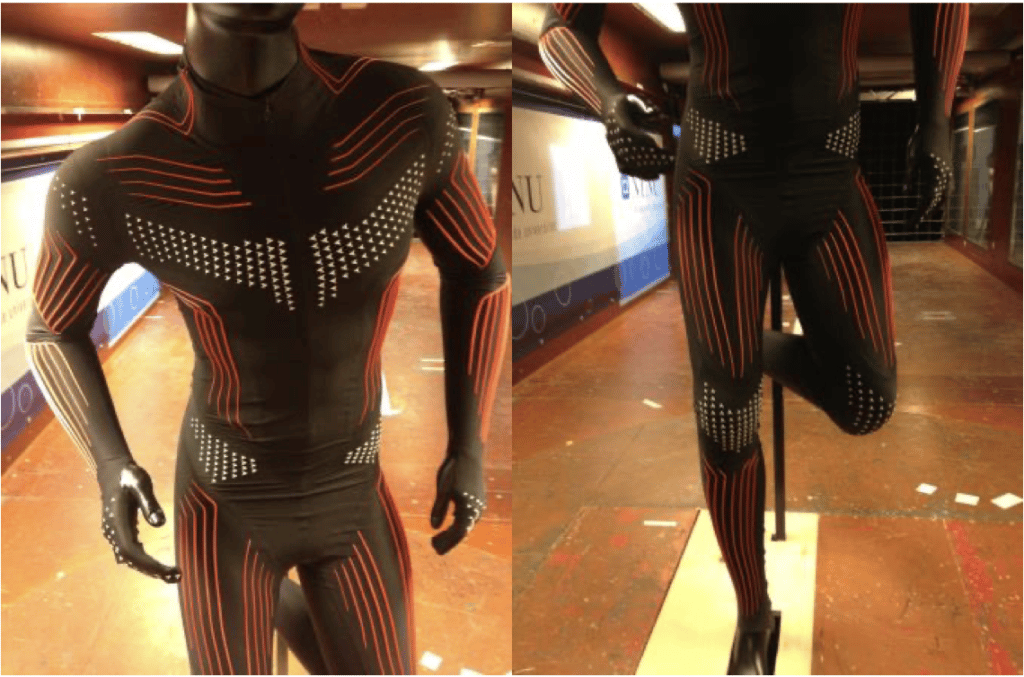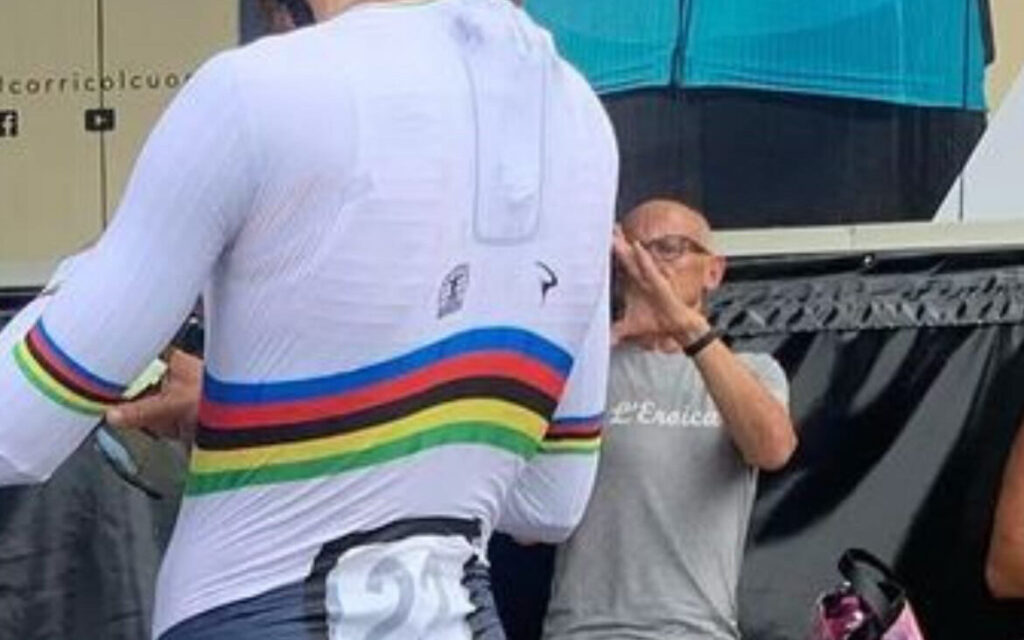There’s a new secret weapon in the pro peloton, and it comes in the form of a hidden base layer developed by Ineos Aerodynamic Engineer, Luca Oggiano

The race to the best aerodynamic tech is one that never ends in the sport of cycling as the top aerodynamic engineers constantly pursue new innovations that can increase riders speed and reduce energy used, while trying to stay within the rules of the sports governing body, the UCI.
A 2013 Study out of the Norwegian University of Science and Technology lead to the development of a aerodynamic suit that would help runners increase their speed and efficiency once they reached speeds over 40km an hour. The suit was equipped with a unique set of strategically placed aerodynamic traps that change the way wind hits, moves across, and leaves the suit. While multiple iterations of the suit were tested, the one that proved to be the fastest was the suit that had these aerodynamic traps placed beneath a thin layer of fabric. This technology proved to increase efficiency, making a huge impact in the sport of track sprinting.



If you are newer to the discussion of aerodynamics in the sport of cycling, you may be asking yourself “Does this aerodynamic stuff really make a difference?” The answer is, absolutely. The discussion for many years was that Aerodynamics only mattered over 40km/hr, but the more we learn about aerodynamics in cycling, the more we understand how much power can be saved, and how much faster riders can go with the top aero tech, at all speeds.

Ineos, or formally known as Team Sky have always been a team that pushes the boundaries on aerodynamic tech, and have even produced skin suits in the past that have been banned by the UCI, Like Chris Froome’s Vortex skin suit seen above. Ineos have worked in partnership with several clothing brands over the years to produce these suits, but it’s the team themselves that own the IP and technology in the clothing. So once the team change clothing partners, they actually take their tech with team to the new partner

Just ahead of the 2022 Tour de France, this photo of the world time trial champion Filippo Gonna was posted by a fan, and sparked out interest as the aero traps seen underneath the skin suit were like nothing we’ve seen before. After digging into the story a little bit we learned that on the advisory board of this 2013 study at NTNU sat Luca Oggiano, who is now the leading aerodynamic engineer for the Ineos Cycling team, that Filippo Gonna rides for.
The study by Luca and his collegues left no stone unturned. Testing every fabric type, thickness, spacing between aero traps, density and so much more they created a base layer that can drastically increase the overall speed of a cyclist. The best part is, that the technology is completely approved by the UCI because of it’s placement under the fabric of the skin suit. While aero traps remain illegal on the skin suit itself, the same, or even more benefits can be achieved by using this base layer technology.
After discovering the photo of Ganna, we then learned that several other teams have copied the tech, and are using it in their base layers. This is the type of tech that has the peloton riding faster average speeds than ever before, and making the sport of professional road cycling that even more competitive. Not only is the fitness better than it’s ever been in cycling, the teams with smaller budgets fall further behind losing as much as 10% efficiency with dated equipment.
This also opens the doors for the discussion around value provided to sponsors, and companies who work with the leading teams. Companies are able to grow, and develop new tech in collaboration with these incredible aerodynamic engineers that work directly for the teams. Unfortunately, this type of tech isn’t available yet for consumers, but we’ll likely see some brands trickle out some consumer friendly models in the near future.